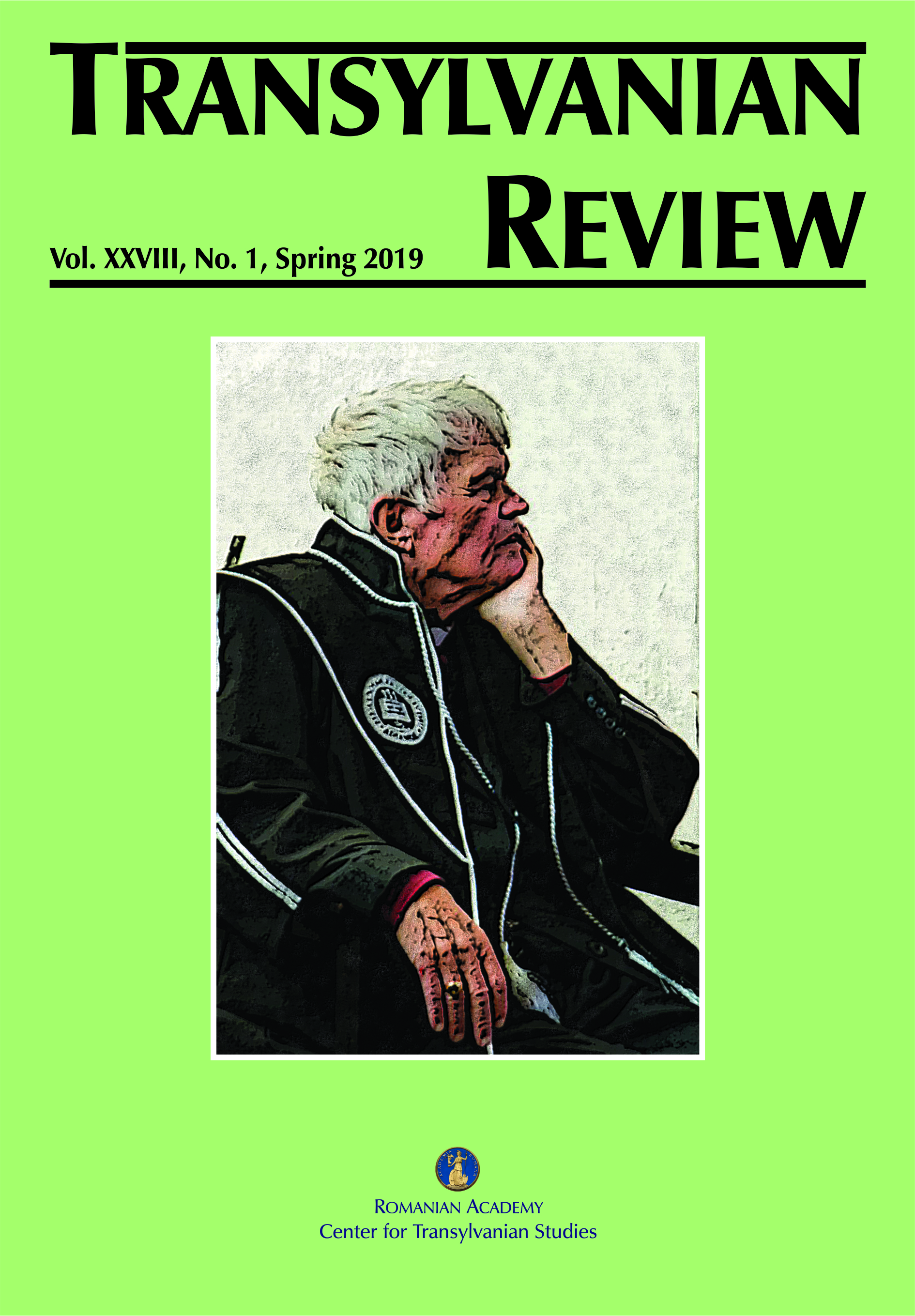The Old Believers and Their Marriage Patterns in Early Twentieth Century Urals, Russia: A Microdata Analysis
The Old Believers and Their Marriage Patterns in Early Twentieth Century Urals, Russia: A Microdata Analysis
Author(s): Elena Glavatskaya, Iulia BorovikSubject(s): History, Social history, Recent History (1900 till today), Pre-WW I & WW I (1900 -1919)
Published by: Academia Română – Centrul de Studii Transilvane
Keywords: Russia; religious minorities; Ekaterinburg; Old Believers; Ural Population Project; parish registers; age at mariage;
Summary/Abstract: The article focuses on the marriage behavior of the Old Believers—conservative dissenters who split from the Russian Orthodox Church in the seventeenth century. Persecuted by the state, they migrated to the country’s fringe areas, including the Urals. Far away from the authorities, they maintained their pre-reform traditions and way of life. The biggest religious minority among ethnic Russians, they gained legal status and started to register vital events in church books after the Religious Freedom Manifesto was introduced in 1905. We present here first results from the computerized analyses of these records, including marriage frequency, age at first marriage with special attention to gender, social status and migration as determinants of marriage timing. We also address the issue of remarriage and conversion in connection with marriage. We argue that this was a sign of social elevation and of abandoning religious endogamy, which in its turn could be a sign of modernization of the institute of marriage in early twentieth century Russia.
Journal: Transylvanian Review
- Issue Year: XXVIII/2019
- Issue No: 01
- Page Range: 112-130
- Page Count: 19
- Language: English

